How to select the right adhesive mixing nozzle

In this article, we will explore the different types of adhesive mixing nozzles, their applications, and factors to consider when selecting the right nozzle.
Why do static mixing tubes have different interfaces?
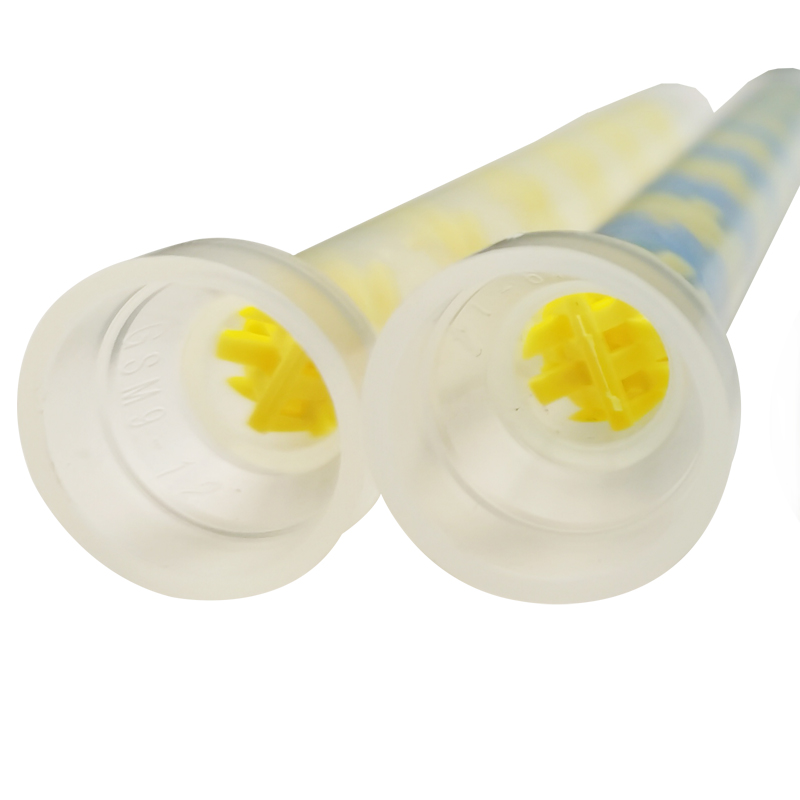
In this article, we will explore the reasons why static mixing tubes have different interfaces, the different types of interfaces available, and the factors to consider when choosing a mixing tube for a particular application.
Why epoxy mixing nozzles have different colors?
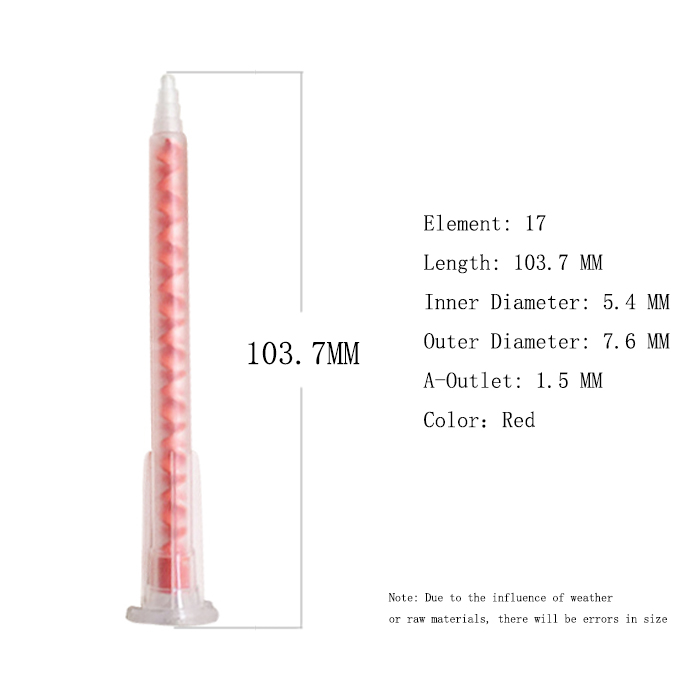
The reason behind the various colors is to make it easier to identify the type of epoxy mixing nozzle needed for a specific application.
What is the element in static mixing nozzle?
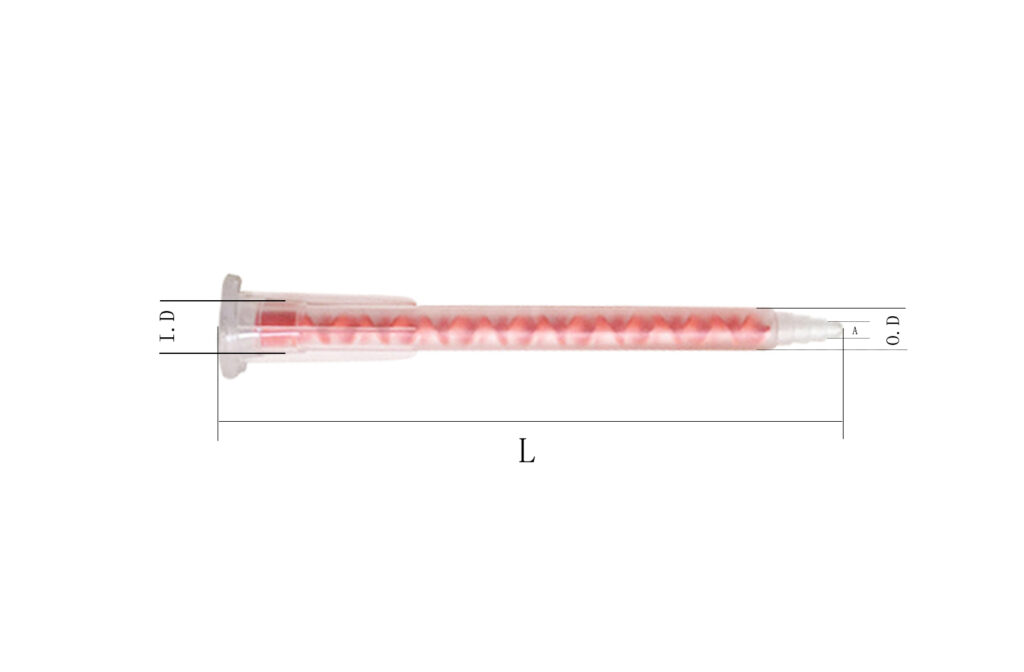
The mixing element is the key component of the nozzle, consisting of a series of stationary baffles or fins that are arranged in a specific pattern to create a turbulent flow of the epoxy resin system.
How to avoid static mixing tube clogging?
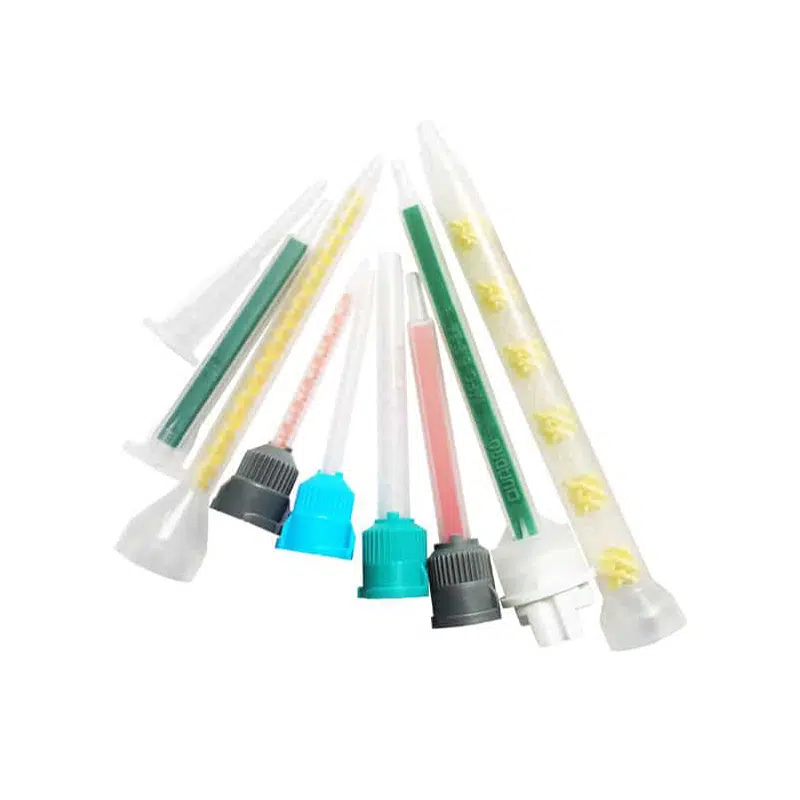
In this article, we will discuss some tips and tricks on how to avoid static mixing tube clogging.
Benefits of Static Mixing Nozzles

In this article, we will explore the benefits of static mixing nozzles in detail and explain how they can help improve efficiency and quality in fluid dispensing applications.
How to Improve Efficiency with Disposable Static Mixing Nozzles?
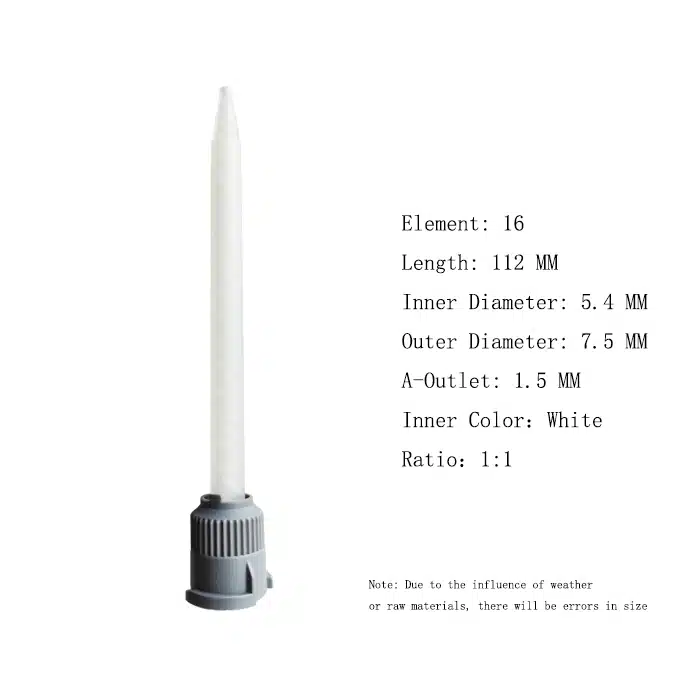
In this article, we will discuss how to maximize efficiency and cost savings with disposable static mixing nozzles.
Common Mistakes to Avoid When Using Epoxy Mixing Nozzles
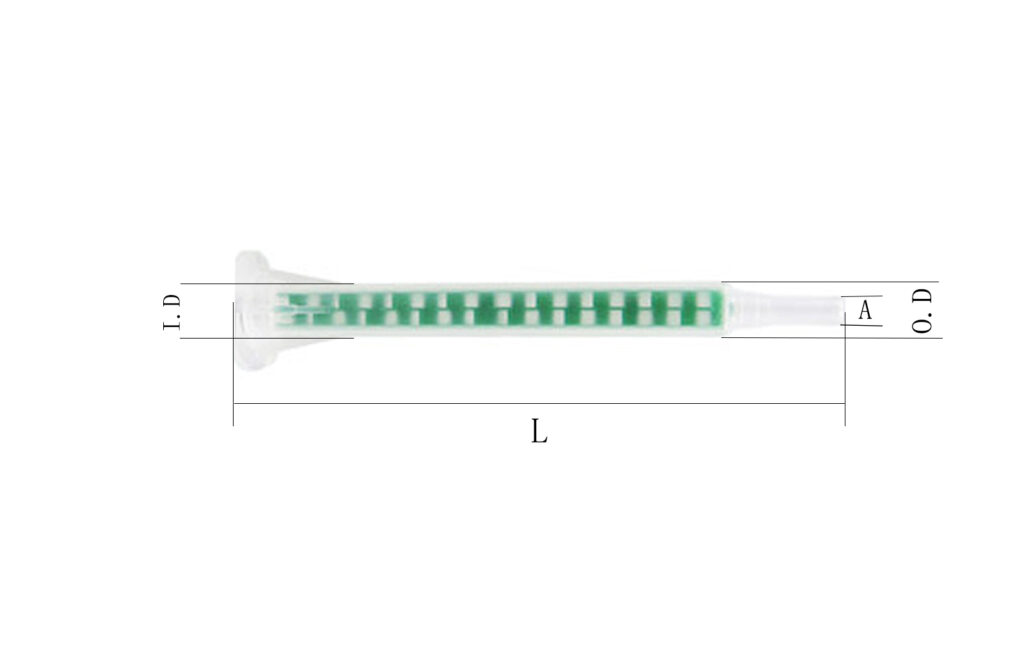
In this article, we will discuss some of the most common mistakes to avoid when using epoxy mixing nozzles to achieve optimal results.
How to clean epoxy mixing nozzle?
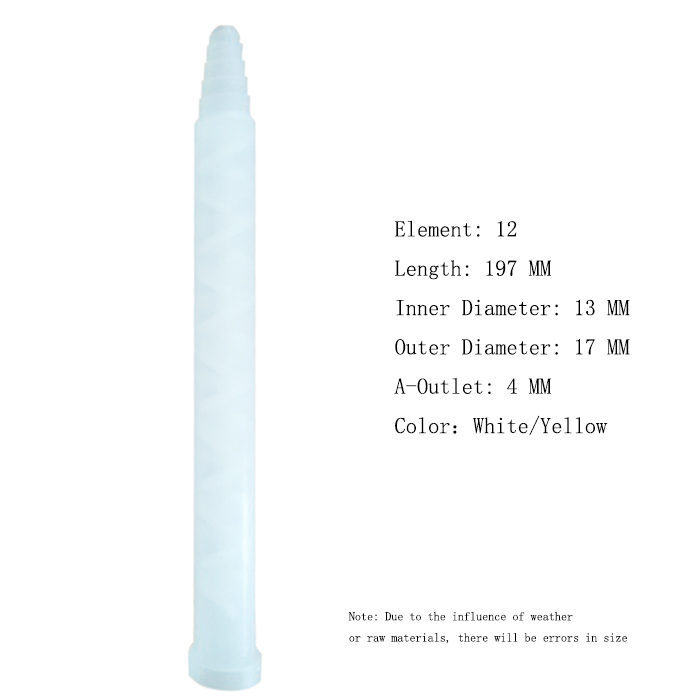
Cleaning epoxy mixing nozzles is essential to prolong their lifespan and ensure that they work effectively. The following steps outline how to clean epoxy mixing nozzles:
Materials of static mixing nozzles
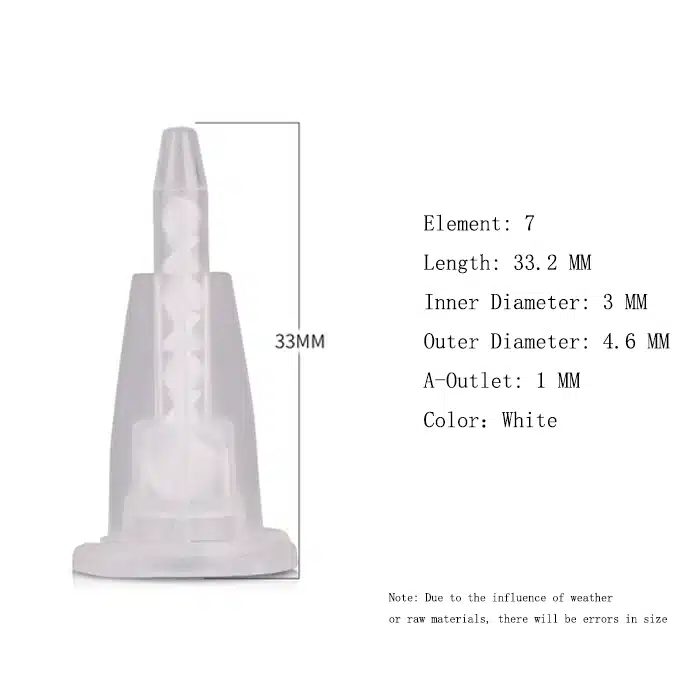
Static mixing nozzles are available in different sizes and shapes, and the materials used to make them also vary depending on the application.
